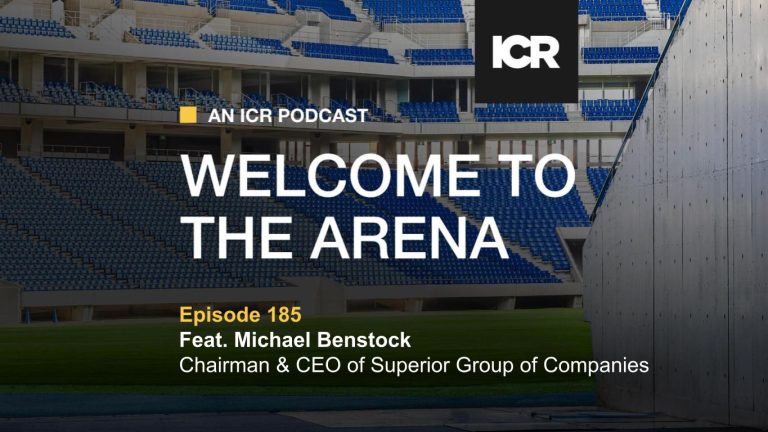For many B2B companies, it’s become something of a self-fulfilling prophecy: “We don’t focus much on mobile,” they say. “It just doesn’t generate business for us.”
The numbers do seem to bear that out. Conversion is much weaker on mobile devices than on desktops. And when you factor in B2B’s extended sales cycles – with their drawn-out RFP processes and long list of working groups, outside consultants and oversight committees who must be consulted before any decision can be made – it might seem like a poor fit with mobile’s quick-twitch, scroll-swipe-tap experiences.
And yet mobile is changing the way B2B decisions are made:
- More than 90% of B2B buyers use a mobile device at least once during the decision process. (Hilal and Snyder, 2015)
- B2B buyers who interact with multiple channels spend more than those who only interact through a single channel. (McKinsey, 2017)
Clearly, your customers and prospects want to interact with you on their mobile devices. The problem isn’t with the mobile channel. It’s with your mobile site.
YOU LOAD, YOU LOSE.
It’s a simple equation: Revenue is a function of conversion. Conversion is a function of engagement. Engagement is a function of time spent with your content.
The opposite is equally true. The more time it takes to get to your content, the less likely they are to engage. And the less likely to convert.
We all know this from our own experience. The longer we wait for a page to load onto our devices, the more likely we are to bounce away to another site. In a recent study, Google actually quantified our impatience: 53% of mobile site visitors will leave any page that takes longer than 3 seconds to load.
And therein lies the issue. Because the average mobile page takes 7 seconds to load.
DESIGN DETERMINES SPEED.
What determines how fast a mobile page loads? Surprisingly, it’s not the technology.
It’s the visual design. Specifically, how many images and icons and titles and fonts are on each page. A mobile site that’s been designed with conversion as its primary goal will look very different from the shrunken desktop designs that we usually see on our smartphones. It’ll be simpler. Smaller. More focused. And much faster.
(Yes, of course, your site must be beautiful; it must provoke thought and evoke emotions. But if it doesn’t load fast enough, that’s all meaningless.)
A good creative team won’t mind the challenge. They’re used to embracing limitations. Ask them for a quarter-page ad or a 32-sheet billboard or 15-second ad, they’ll work to the specs. If you ask for a 1.49 MB page (which is the exact size you need for it to load in less than 3 seconds on a standard 3G connection), you should expect them to deliver.
SPEED SELLS.
It’s becoming increasingly clear that for B2B companies, mobile has gone from a nice-to-have to a we’d-better-have-a-great-one-if-we-expect-to-stay-competitive. Here are a few tips to help you get there:
- Make speed a strategic priority. Think of your mobile site as a strategic complement to your main site, not just a scaled-down copy. Understand that site speed is the first step on the road to engagement and conversion.
- Establish a speed budget. Before you enter the design phase, set a cap on the number of seconds it will take for each page to load on a 3G connection. Then hold the designers, the developers and your internal team to it.
- Minimize and optimize. Using your speed budget, prioritize your points and prune any elements that cause your site to exceed it. Compress images. Reduce fonts. Even these relatively painless changes will significantly speed up your site.



